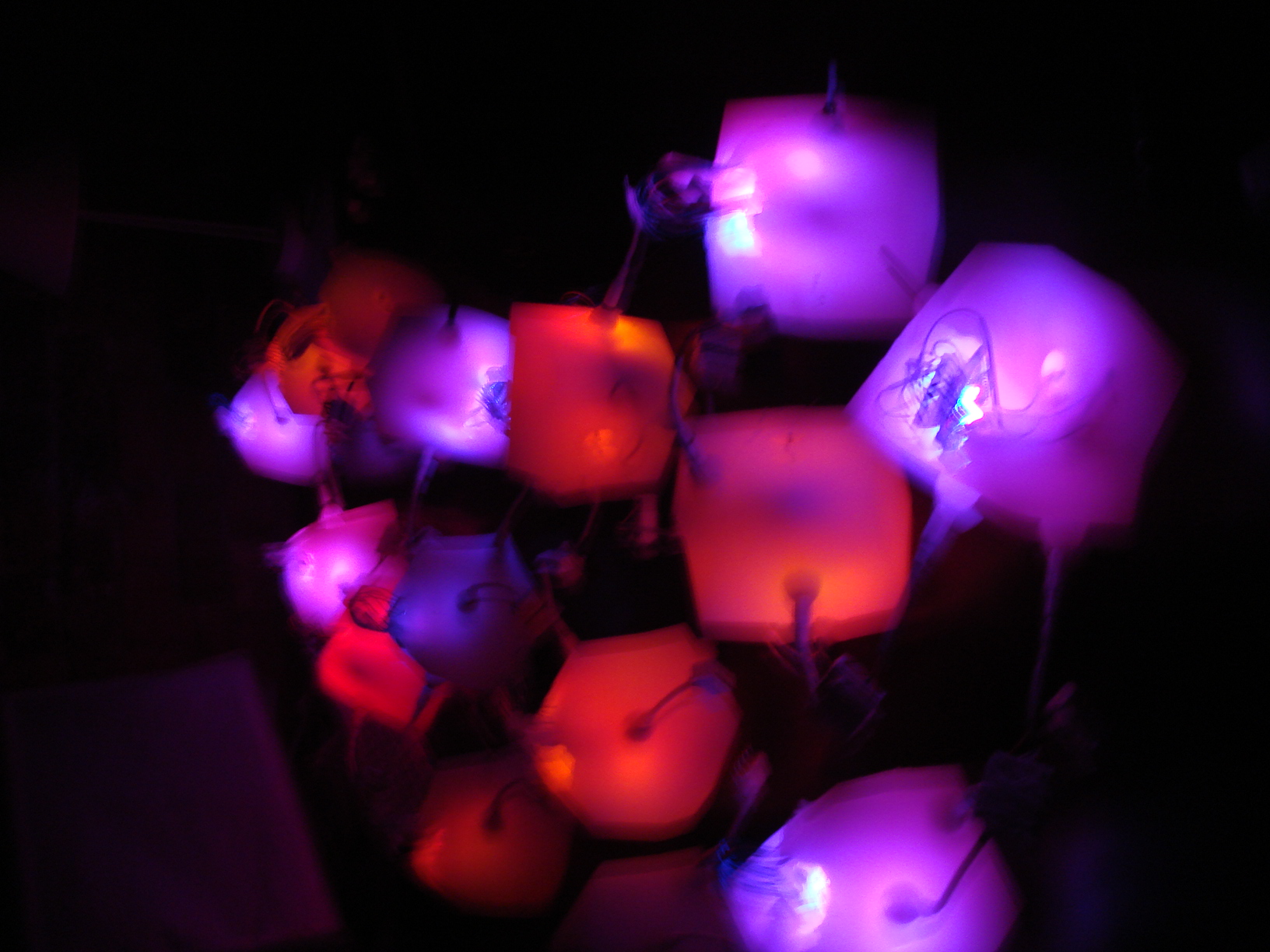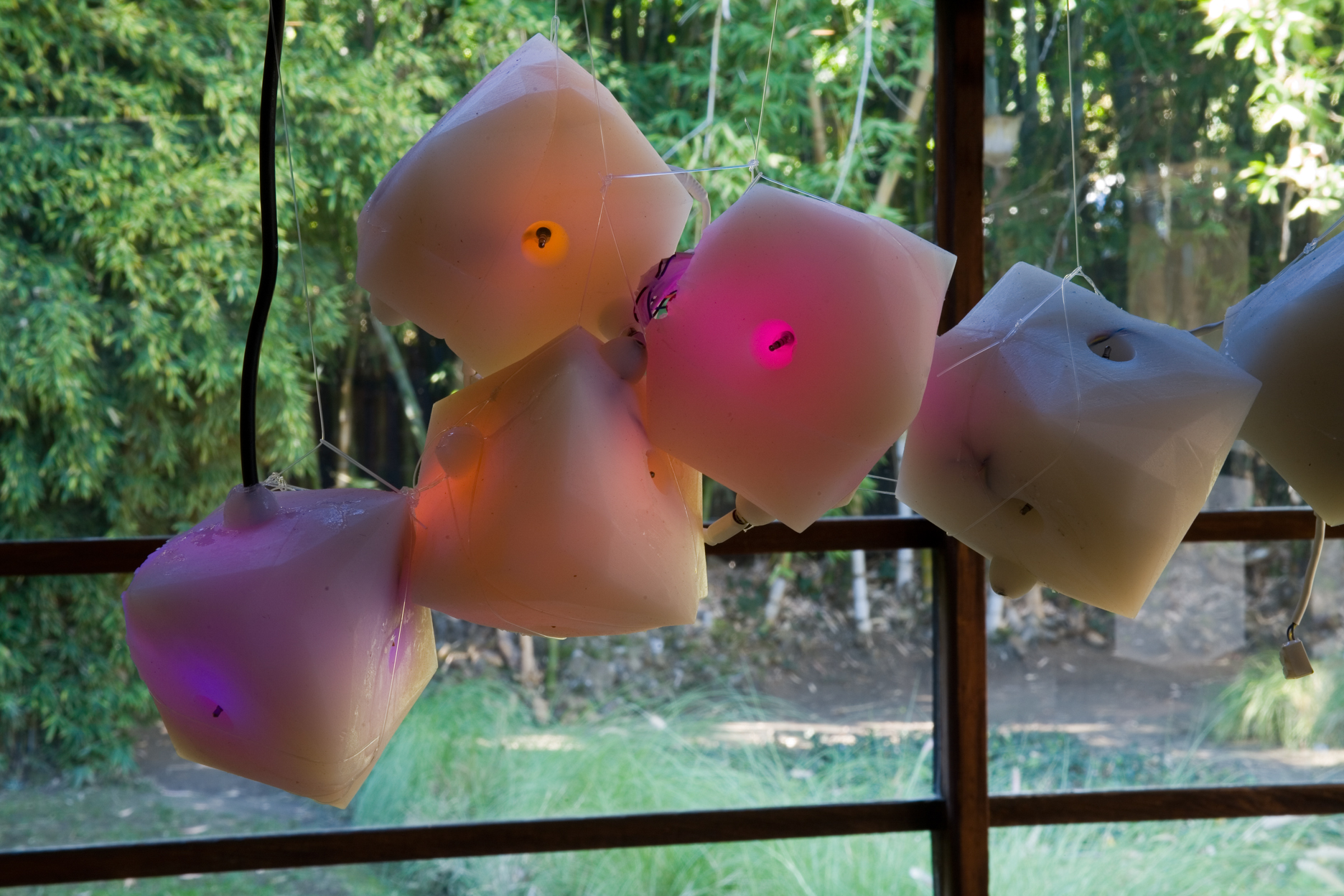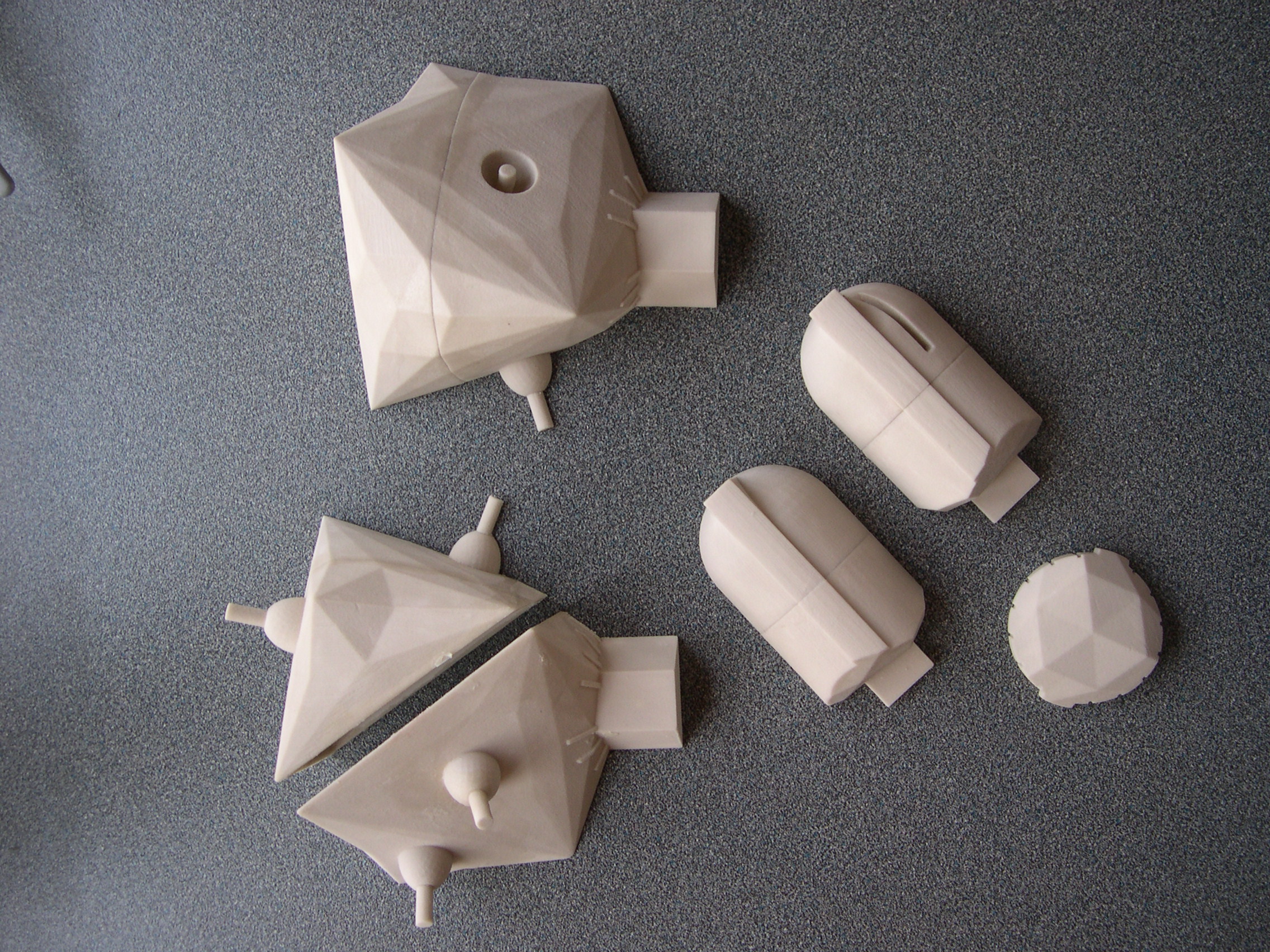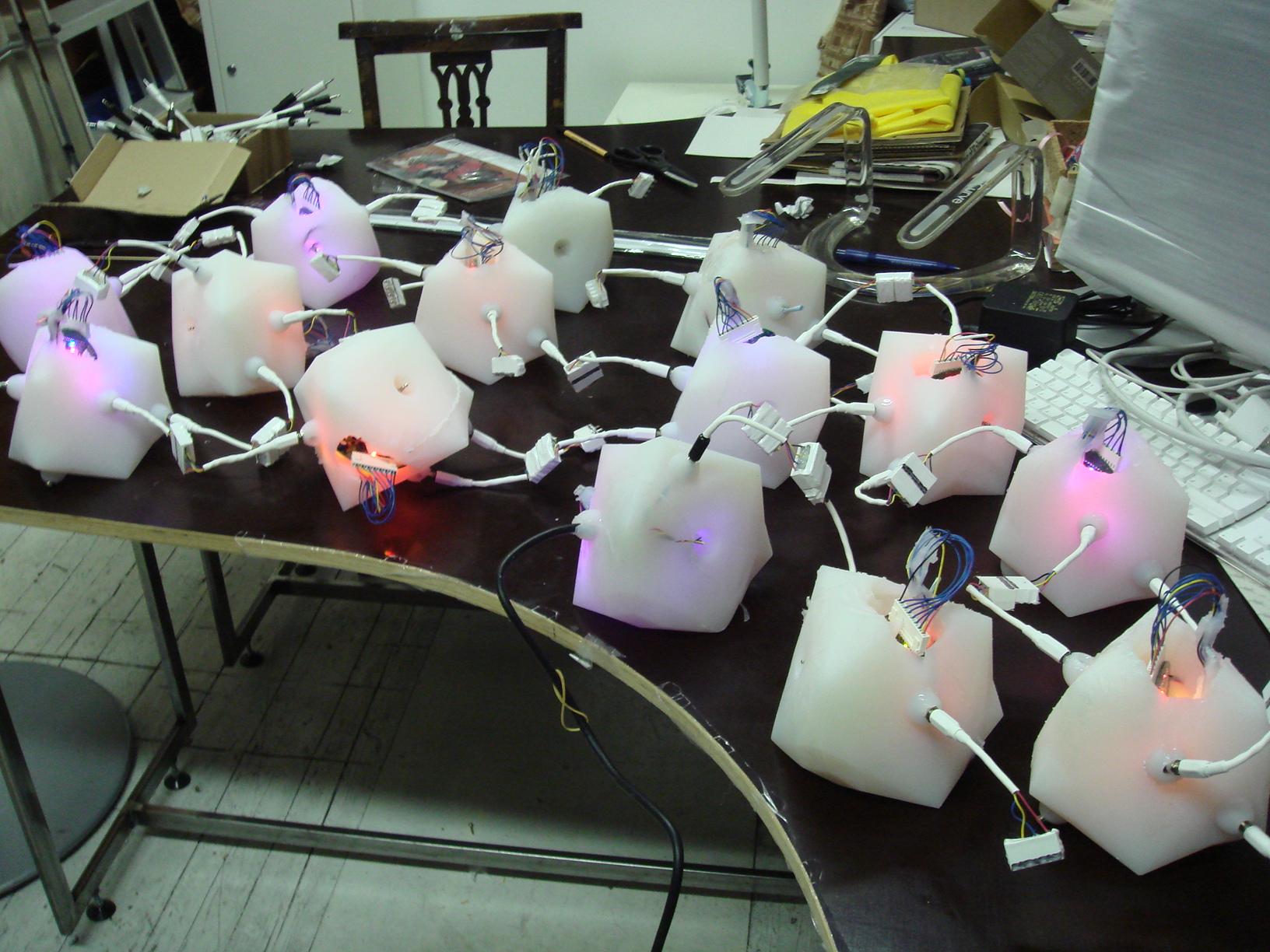GenLITE Interactive Lighting Product
Commissioned for Gen(H)ome Project Exhibition, MAK Centre, Los Angeles
OCEAN D: London: Felix Robbins, Tom McMahon, Tom Verebes
Boston: Robert Elfer, Kevin Cespedes, Erik Hanson
New York: Wade Stevens
DIY Kyoto: Jon Sawden Smith, Jason Goldman; electronic prototyping
Adam Sutcliffe: silicon cells, vacuum-pressed cells
Role: Design Concept, Project Coordination, Marketing
Exhibitions:
- DRLTENPOINTZERO, Architectural Association, February-March, 2008
- BIAC3: International Contemporary Art Biennale Seville 2008
- The Gen[H]ome Project, MAK, Los Angeles, October 2006 – February 2007
Publications:
- Verebes, T., (2008). AADRL Documents 2: DRL TEN, A Design Research Compendium. (Obuchi, Y., Schumacher, P., Spyropoulos, T., Verebes, T., Eds.). London: AA Publications.
- Noever, P., (2006). The Gen[H]ome Project. (Noever, P., Eds.). Los Angeles: MAK Centre for Art & Architecture. pp. 98-105.
- Verebes, T., (2006). “Associative Practices in the Management of Complexity”,Architectural Design AD. Collective Intelligence issue, Volume 76, No. 5. (Hight, C., Perry, C. Guest Eds.). London: Wiley Academy. pp. 64-69. International PEER-REVIEWED Publication
Using small, lightweight lighting components, with color and luminosity featured as dynamic media embedded into each component, our concept is to aggregate a variety of larger organisations, on the scale of furniture or even “room-sized” installations. As a product, the smallest unit of GenLITE may be a smart desktop lamp or child’s educational toy; the larger cloud-like organisation accumulates from small light clusters that can be located in interior or exterior spaces. Conceivably, larger aggregations may be configured as furniture such as a coffee table, a wall relief or space-dividers.
Embedded Ambient Intelligence
Using smart, performance-driven materials with embedded LED lights linked in real-time to motion, temperature, humidity and barometric pressure sensors, GenLITE will install intelligent lighting effects. For example, GenLITE can be programmed to adapt to changes of environmental conditions, both inside and outside. Motion and noise generated by people nearby can be sensed by GenLITE or associated sensing devices, processed, and then displayed by GenLITE. Real-time reactive scripts can drive color changes and control dimming and serial on-off switching of “christmas tree” lighting effects, with various speeds, durations and transitions of color. At the ergonomic scale, manual and bodily contact can change the device’s display through sensing devices and switches. We have conceived of GenLITE as a cord-free device: power will be supplied using wireless induction charging technology of platform. In order to not distract from the attractive tactile quality of GenLITE, all sensing devices and LED lights are designed to be internal, minimising the presence of technological apparatus and allowing the user to enjoy GenLITE interactivity and adaptability to its environment as a mediated material.
Manufacturing
The intended materials are primarily synthetic polymers, plastics or poly-carbonates, optimising their light weight, strength and cost benefits, and emphasizing translucent, light-emissive materials to optimise the diffused lighting effects on the surface of the material.





